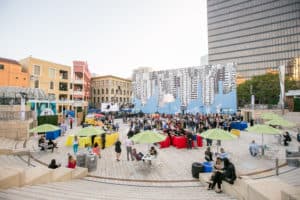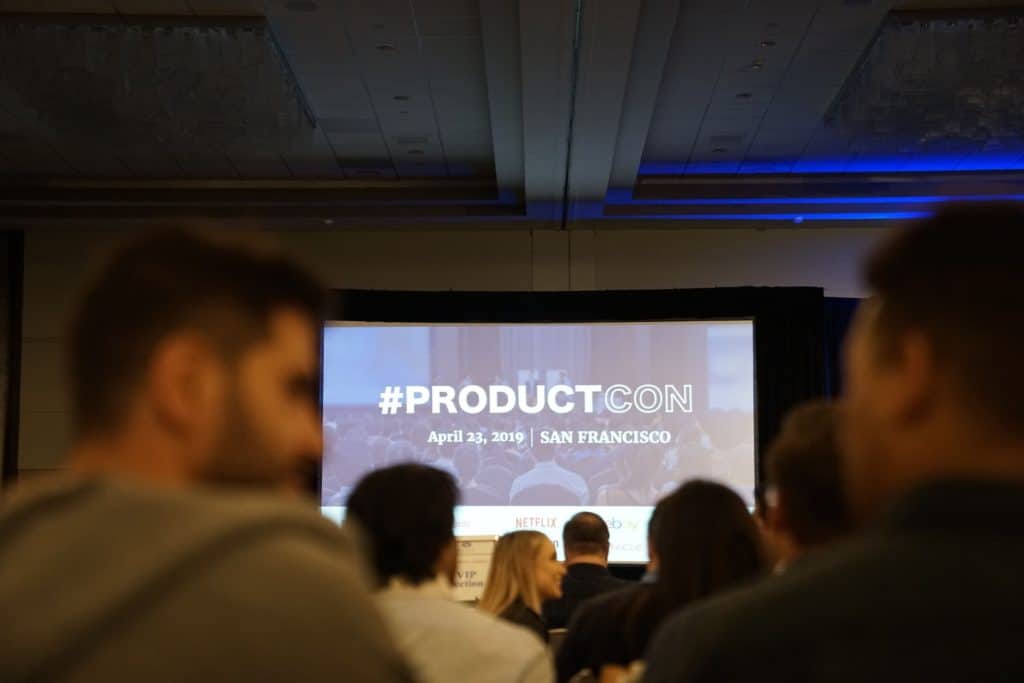The success of any event is dependent on many things. However, the most important is the audio/visual technology. This is what brings the event to life and makes it memorable in the minds of attendees. If you are new to the events industry, you might wonder how visual media is different from audio media.
How is Visual Media Different From Audio Media?
Visual media differs from audio media because the audience can see it during an event while audio can only be heard. In a nutshell, visual media appeals to sight, while audio media appeals to hearing.
Visual content includes video, animations, photos, and graphics, while audio includes audio recordings, type of music to use for an event, speakers and microphones, etc.. Visuals are often used in combination with audio for the best experience.
The Main Differences Between Visual Media and Audio Media
Visual and audio content exists in a symbiotic relationship. This means that you need a combination of both to deliver a memorable experience. That said, the two types of media are quite different when explored individually.
Fundamentally, audio and visual content differ in terms of:
- The type of equipment used
- The target audience
- The broadcast channel
Type of Equipment
In a normal scenario, both kinds of media share most equipment. However, it is fairly easy to draw a distinction between equipment used for recording and enhancing video and audio.
In summary, visual media depends on equipment such as:
- IMAG Cameras
- Laser Projectors
- LED Smart Monitors
- Video Mixers & Switchers
On the other hand, audio media relies on:
- Wireless Microphones
- Speakers & Subwoofers
- Digital Mixing Boards
Type of Events and Audience Reach
In-Person
For in-person event production, audio and visual media will focus on creating an immersive and engaging experience. Audio media will typically include microphones that clearly communicate the speaker’s voice through speakers and subwoofers placed strategically throughout the room so everyone can hear equally.
Visual media is much more expansive. Standard visual media will typically be a set of LED monitors or projectors and screens. However, more complex in-person events may require projection mapping on the walls or scenic elements, holograms, and IMAG cameras.
Virtual
Virtual event production typically requires less visual media, but the quality and dependability of the audio media is much more impactful. Audio media in this case will include microphones, digital mixing boards, and a set of music with the proper licensing to use throughout the event. Visual media will include an event platform/app, professional cameras, and a well-designed PPT presentation with engaging elements.
Broadcasting and Streaming an Event
Event producers can use visual media to broadcast the event to a hybrid or virtual audience. They can also use visual media at in-person events to add value and impact to the content Social media sites, like Facebook and Instagram, or web pages are great places to showcase visual graphics and images.
On the other hand, if the event will be broadcast solely through radio stations or podcasts, you will only need audio media.
When to Use Visual Media in an Event
This kind of media is more suitable for event activities where visual content can add value to the attendee, such as:
- Speaker Presentations
- Interactive Exhibits
- Event & Lighting Design
Let’s look at these scenarios in more detail.
Speaker Presentations
Another great way to use visual media is during event presentations or breakout sessions. You can use large LED screens to display pre-made content that enhances the learning experience for the audience.
Some of the visual media we have used in these scenarios are holograms, PowerPoint slides, and short videos.
Interactive Exhibits
Interactive displays allow event planners to communicate information, promote products, or facilitate socializing in an engaging way. This form of visual media allows for an immense amount of creativity, but the final exhibit should support the goals of the event.
For example, interactive exhibits can be used at a conference to facilitate gamification and networking between attendees.
Event & Lighting Design
One of the best ways to create a truly immersive, memorable event experience with visual media is through creative lighting solutions. One great example of this is leveraging Gobos. Gobos allow you to project your organization’s logo or patterned designs into an event space. You can also use LED projection mapping on the room walls to enhance the event theme.
When to Use Audio Media in an Event
Audio media on its own might not provide a particularly memorable event experience. However, it is key to the overall event experience and strengthens any visual media present. Here are ways to use audio media:
- Amplify Speakers
- Create an Ambience
Amplify Speakers
The key to effectively delivering the message of a speaker is through the clear and strategic use of speakers throughout the space. Placing speakers throughout the venue will ensure that all attendees, no matter where they are sitting, can hear the speaker.
Create an Ambience
Both visual and audio media combine to create an overall theme and ambiance for an event. In terms of audio media, you should carefully curate the event playlist and music to ensure all attendees stay in a positive, energized mood. Here is a guide on how to select music for a corporate event.
Related Questions
Should I Use Visual or Audio Media in an Event?
Whether or not you should use audio or visual media depends on the type of event, target audience, delivery channel, and equipment you have. However, in most cases, you should use a combination of audio and visuals to create a meaningful and unique experience.
Why Is Audio/Visual Important in an Event?
Audio/visual is important because it brings an event to life. It helps you keep your audience engaged and offer them a memorable event experience, especially when used together.
Conclusion
For the best event experience, work with a professional event production company that understands how to use a combination of both audio and visual media. Our experts have plenty of experience using visual and audio content together to enhance the overall experience. So, if you want a professional to elevate your next event, feel free to contact us or check out our event production solutions.







